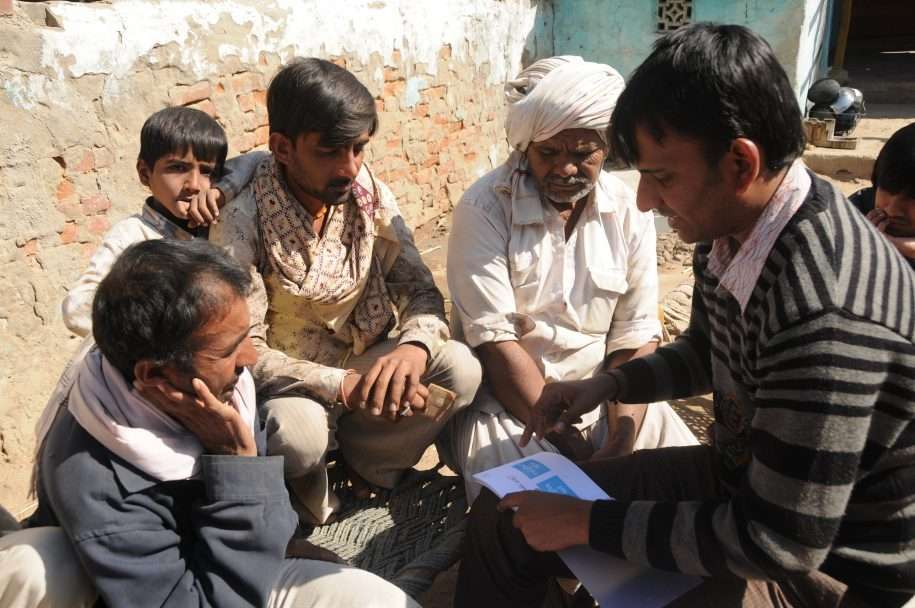Therefore, FE is currently being offered along with financial access to basic financial services in various parts of the country. Institutions like CMF have collaborated with financial partners on the ground to evaluate FE programs and initial findings indicate that FE must:
- Be simple, preferably short, and creative to engage and build a relationship with the clients
- Use a demand driven approach based on client needs
- Should be interactive (possibly using creative and engaging role plays, dramatizations, and mediums such as television) and not just didactic
- Must include teachable moments based on client experiences
- Remind clients about training content to encourage sustained behavioral change
Though these findings may seem straight forward, to ensure FE has impact, many moving parts that must work in unison. Not only must the partner conducting FE be motivated and knowledgeable, but also be sensitive and responsive to client’s financial needs. Above all, there must be sustained funding to carry out FE programs. FE in a classroom ranges from 2 days to 10 weeks, depending on the intensity level, with costs directly proportional to the intensity level.
Currently most financial institutions offer a non-intensive 2-3 day training session for their new clients, though most institutions seem to agree that offering basic financial services along with FE is cost intensive and may not be sustainable in the long run. Additionally, it is unreasonable to expect international agencies to bear the bulk of the burden for FE trainings over the long-term. So how can the eventual funding gap be resolved? Some experts have suggested:
- Micro-credit institutions must consider FE as an investment and not an expense, and must invest in FE themselves. The better the FE, the more the clients will invest in their product.
- Financial institution must offer simpler, demand driven products so that there isn’t a requirement for an intensive FE.
- Financial institution can consider offering KGFS type products so that clients are offered holistic wealth management sessions and not just classroom based training.
- Funders must play a more critical role in ensuring financial institutions make FE a part of their product offering.
- Fundamentally re-think the concept of FE as a standalone component. Maybe FE must be readdressed as a part of improving client’s behavior towards finances (such as enabling clients to meet their financial needs, building knowledge about financial goals, providing ability to select appropriate products, staying informed about financial happenings). After all, FE is a sub-component of building financial capacity in clients, not a standalone component in changing financial behavior.
Given that the knowledge base about FE trainings is still being created, it will be a while before we truly understand what works or more importantly, what doesn’t work on the ground. However, our preliminary findings do indicate that key stakeholders must step forward to rethink what role financial institutions must or must not play in financially educating and enabling their clients. In addition, it may be worth stepping back and taking a look at what lesson we have learnt from FE so far, and collectively decide the direction we must push the FE endeavour for future.

